#biya pillar
Explore tagged Tumblr posts
Text


32 notes
·
View notes
Text
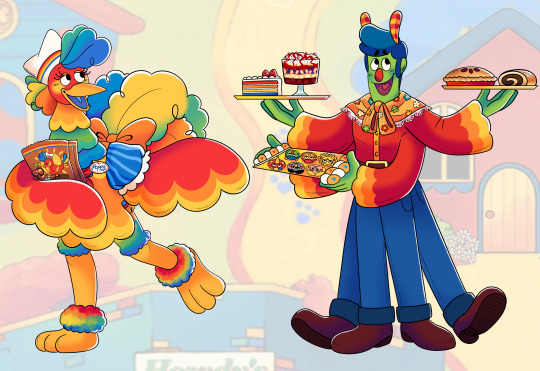
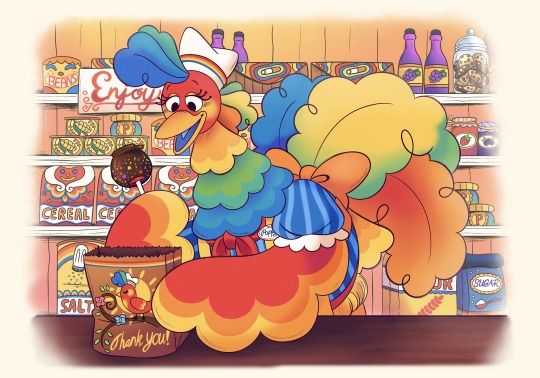
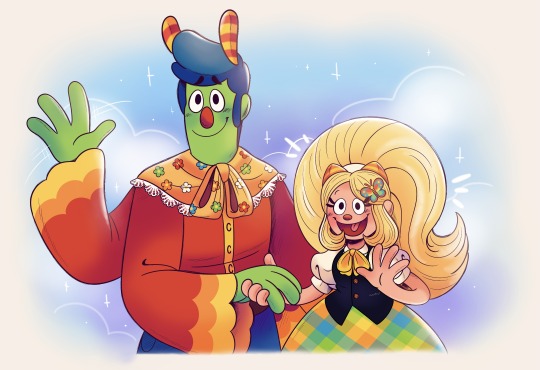
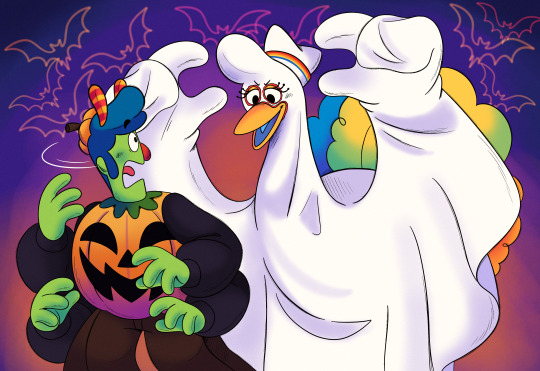
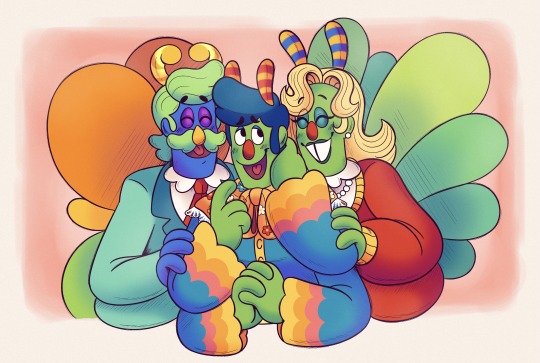
Howdy and Poppy role swap 🐛🥧
Here’s a bit of extra art of their designs for you guys ☆ ~('▽^人)
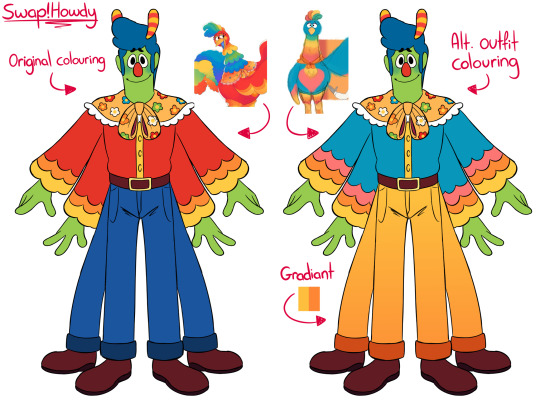
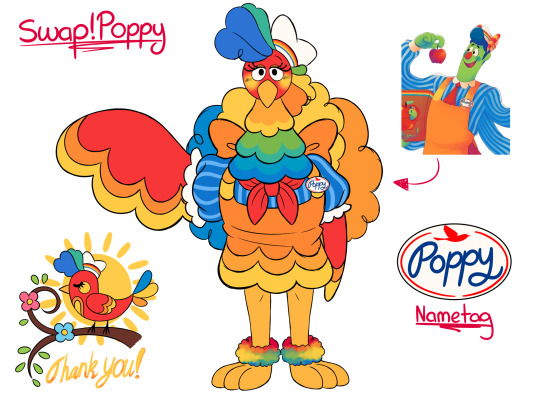
#Help I dunno how to draw a shirt on Poppy without it looking goofy 😭#welcome home#howdy pillar#poppy partridge#julie joyful#hiya pillar#biya pillar#welcome home howdy#welcome home poppy#welcome home julie#welcome home hiya#welcome home biya#welcome home fanart#welcome home puppet show#my art
2K notes
·
View notes
Text


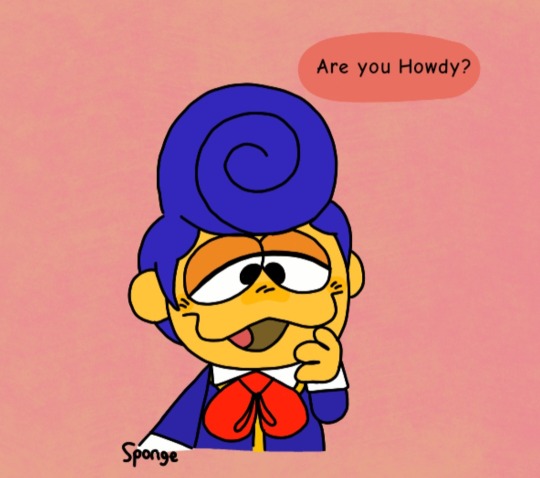

This was mainly an excuse to draw the wheely worm! :) 🐛
#Tadah! A spongebob reference!#welcome home#welcome home arg#my art#doodles#wally darling#welcome home wally#hiya and biya#hiya pillar#biya pillar#welcome home hiya#welcome home biya#latter pillar#welcome home latter
942 notes
·
View notes
Text

she walked in at the WRONG time
+bonus

#welcome home#character design#welcome home fanart#welcome home oc#oc x canon#howdy pillar#howdy pillar x oc#seeya pillar#beeya pillar#latter pillar#uncle adieu#howdo and youdo#aunt toodaloo#hiya pillar#biya pillar
818 notes
·
View notes
Text


:)👍💖
#welcome home#welcome home arg#welcome home fanart#welcome home show#welcome home puppet show#hiya pillar#biya pillar#seeya pillar#beeya pillar#fanart#art#family pillar
90 notes
·
View notes
Note
Can ya Draw Hiya and Seeya as smol Beans too like ya did with Latter? If ya don’t mind (Take your time with it if ya do draw them like that as I know art takes a while) also I love your art SM :) and I like your Bean AU a LOT

I'll do Seeya later. She's an egg for now
I'm glad you like them💚🩵
237 notes
·
View notes
Note
Heyyyyy buddddddddyyyyyyy- what do ya think of howdy’s family?
Well uh...give me a second to pull out the list- I currently only have a quarter of a wiggle but I can tell you what I got-
So uh, we'll start with...Hiya!
Hiya is a very sweet woman, I think she's the kindest bug I've met! I mean, other than howdy but he can be a bit pushy with his sales- plus she makes the best food I've ever tasted! And she ain't ever broke the spaghetti! Still mad at someone for doing that- not supposed to break it-
Biya is nice too but I don't know him as well, I heard he's a clumsy fellow- kind of reminds me a mailman I know!
Aunt Toodaloo is nice and all but I do t like her all too much- she keeps asking howdy when he'll sell his shop and it just irks me, really just irks me. Other than that she's a sweet Lady!
Uncle Adieu is uh....I have no clue what that man is saying!!- plus there was....the incident- no one will believe me but I swear to you he said, in perfect English, said "no one will believe you" when everyone went outside!!!-
Cousin Skedaddle is really nice! Me and him get along! We smoke cigarettes together sometimes! Other than that we uh...we don't got much in common
Oh and Seeya is just a sweetheart, really takes after her mother in that sense, she's wonderful! Absolutely wonderful! She helped me get out of a hole I accidentally dug myself into-
Beeya is great to, really great guy to just mellow out with, he is so calm all of the time! Though I wish him and Seeya wouldn't drop their kids off everywhere, but it's fine, I lover those two trouble makers! Speaking of which!
Howdo and Youdo are the funniest trouble makers I know!! I got them to prank Frank once and it was a holler!! We was on our backs laughing, it was so fun!
And than there's Gam Gam Sally Tations, I don't think she likes me very much- she hits me with the news paper Everytime I come around, I think she hates me infact- she calls me "dumb dog"-
Now, don't tell Howdy- but I did save the best for last!
Honestly Latter is my favorite out of the entire family! Sure his poems are sad and feel dreadful, but they're nicely done I think! Everyone else calls me tone deaf cause of it but I know when I like something! And I quite like Latter, he's really nice!
#barnaby welcome home#welcome home barnaby#welcome home roleplay#welcome home rp#barnaby wh#welcome home#wh howdy#welcome home howdy#howdy pillar#hiya pillar#biya pillar#aunt toodaloo#uncle adieu#seeya pillar#welcome home beeya#howdo and youdo#cousin Skedaddle#gam gam sally tations#latter pillar#welcome home latter
31 notes
·
View notes
Note
Hii!! I know you aren't that into welcome home anymore, but I can't help but wonder if the Eddie and the single pea incident happened in the opposite au?
I'm still into Welcome Home, i find myself thinking about it in the same intensity it used to be, but only for a few minutes.
and... maybe :)
I talk about it a lot more over in discord! Even though I'm not super active about it here, it's easier for me to share my fleeting thoughts in the discord then on Tumblr, so there's more food in there.
For example, I've been sort of losing my mind over an Opposite version of Howdy's family. Here's a sneak peak!!


#welcome home#idk how to tag this#welcome home opposite au#howdy pillar#hiya pillar#biya pillar#latter pillar#seeya pillar#beeya pillar#howdo pillar#youdo pillar#toodaloo pillar#adieu pillar#skedaddle pillar
42 notes
·
View notes
Text
Father’s Day

2 hours late but here is my finished picture for Father’s Day, featuring Howdy Pillar, his dad Biya Pillar, and my Bellflower and Howdy first born sons Caidan and Milkweed Pillar-Bat. Pictured here the boys are not even a month old yet and as you can see the two looked a like as very young babies and only as the months progress do they start showing differences in their looks. Also I did my best to make Howdy look sleep deprived, not just from taking care of twin bat-pillars but also running the Bugdega and getting everything ready for his parents visit for Father’s Day. Biya is the best dad Howdy could ask for, being so help and supporting his son and keeping his two newest grandsons content. Hiya is the one taking the picture of these four while Bellflower is next to her, waiting for the photos to be done so she can get Howdy’s workaholic behind to bed so he can rest while she, Hiya and Biya take care of Caddy and Milkweed and just chat, while also making sure everybody in the neighborhood gets everything they need from the sweetest store. Hope I did these four justice in their looks and poses, I did not know what to do with all those arms Biya and Howdy have, I did my best so please be kind in your critics. Hope everyone had a lovely Father’s Day if you celebrated it with your father/father figures in your lives.
Biya and Howdy Pillar are @partycoffin (Hiya too)
Bellflower, Caidan and Milkeed are mine 💜
#welcome home#welcome home puppet show#welcome home oc#bellflower bat#welcome home arg#welcome home fanart#howdy pillar#digital art#fathers day#father#son#grandfather#grandsons#i wanted to make this look like an actual framed picture#Ran out of time instead#I do like how I drew this#howdy needs a nap#biya pillar#hiya pillar#welcome home biya#welcome home hiya#biya is an amazing grandpa#to all his grandkids#How many do you think he has#how many times are hiya and Biya grandparents#All we have are Howdo and youdo#but howdy has so many siblings#and with the show being in the 70s#marriage is still a must#as are kids
33 notes
·
View notes
Note
How are you?
I'm feeling ô̴̲̪̜̓̈̍͌͒͐̀͘͝͝d̴͙͇̮͚̜̩̼̻̫̫̝͎̱̏͐ͅd̷̢͈͕͙͔̋̉͛̂͗̈́̕ swell, and you?
10 notes
·
View notes
Text
*Starts making gremlin sounds as I scuttle towards you on all fours like Smeagle then starts making grabby hands at you* Gimmie, gimmie, gimmie! Your art is always such a delight to see I can’t get enough of it!!
Hiya and Biya look outstanding! The same with their human versions too aaaa!!! And how you’ve drawn Howdy’s human version is fantastic he looks so handsome!! I absolutely love how you’ve drawn Miya wearing dresses from 19th century Victorian era she looks so beautiful in them! And human Julie looks magnificent!! And EEee!! Wally pointing at Miya is so, so adorable!! 💕💖💕💖💕💖
I love that Miya takes no shit from anyone and I also love how Howdy’s frantically trying to calm her down/hold her back cause he knows for a fact that she would absolutely punch someone ((even he’s half tempted to just let her do it lol)) and I can definitely see the reason why she’s pissed off is because one of Howdy’s relatives said something really stupid.
Some Corpse Puppet Au sketches!
Au belongs to @sketchquill
Haven't drawn them for quite a while, so here's some sketches!
Mr. Pillar and Mrs. Pillar!
+Human ver(tried my best-)


And their son, Howdy Pillar!(Human ver)
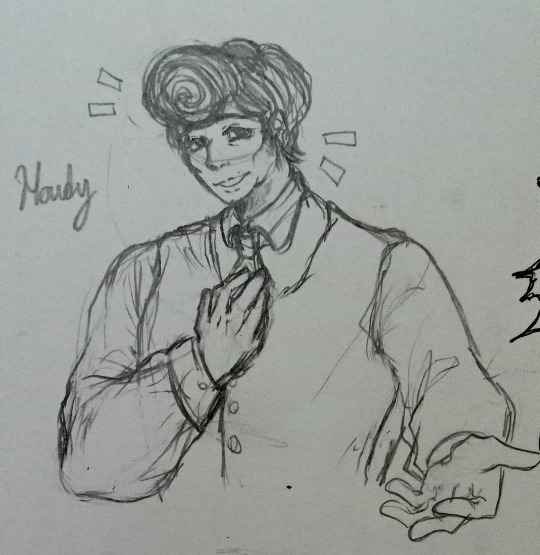
And his fiancee;My oc Miya!(Gave her a redesign to for biblical accuracy??)
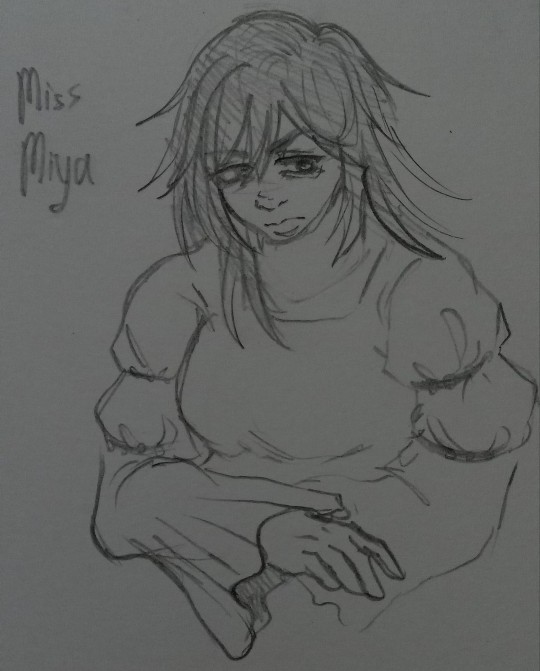
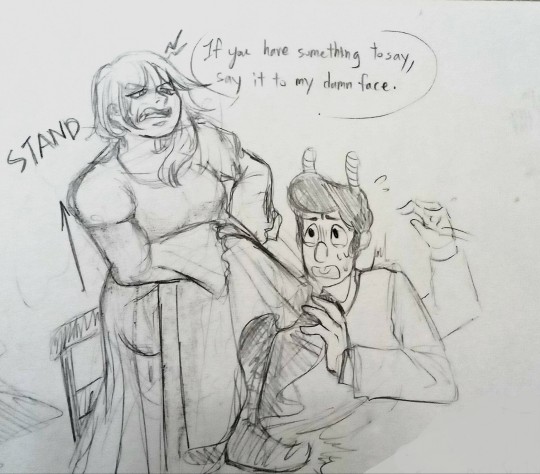

Biblically accurate clothes (Was half asleep when I made this it looks shit)
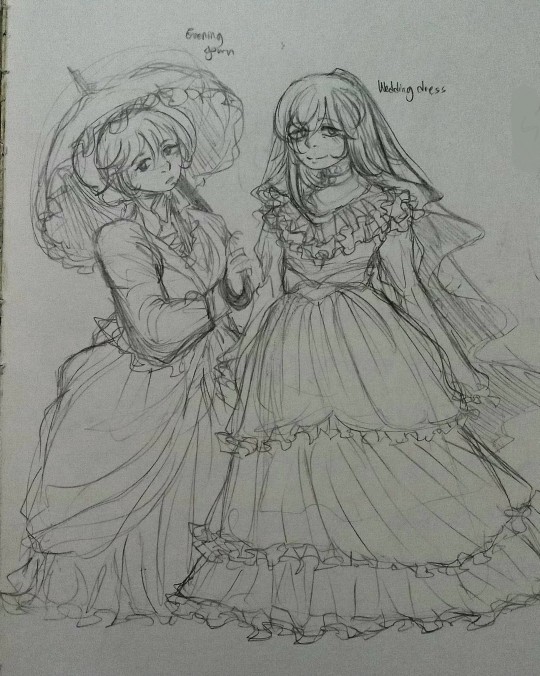
Both Miya and Madam Julie!
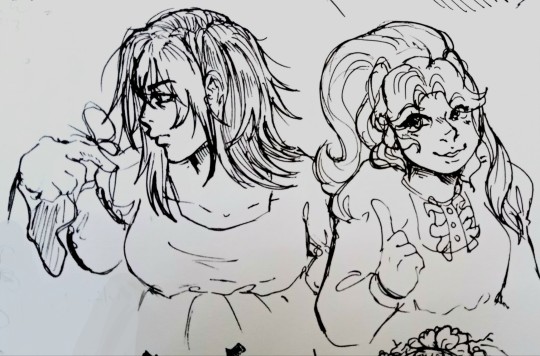
2023 Miya & 2024(Redesigned) Miya

Both disliked the same people 👍

"HER!"
#welcome home#welcome home au#corpse puppet au#hiya pillar#biya pillar#howdy pillar#julie joyful#wally darling#welcome home hiya#welcome home biya#welcome home howdy#welcome home julie#welcome home wally#welcome home puppet show
224 notes
·
View notes
Text

#welcome home fanart#welcome home#fanart#art#welcome home puppet show#my art#digital art#drawing#welcome home arg#Hiya Pillar#Biya Pillar
78 notes
·
View notes
Text


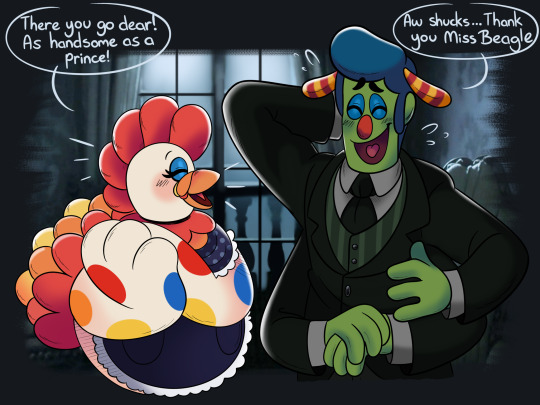
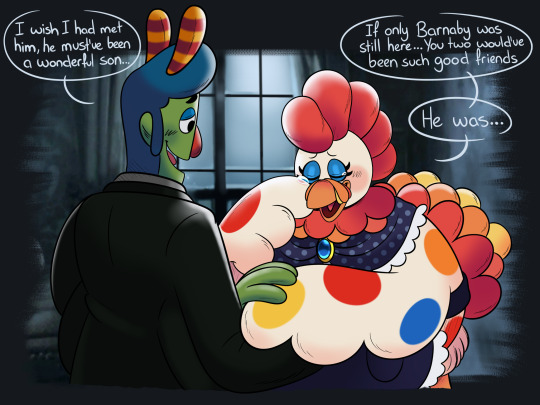
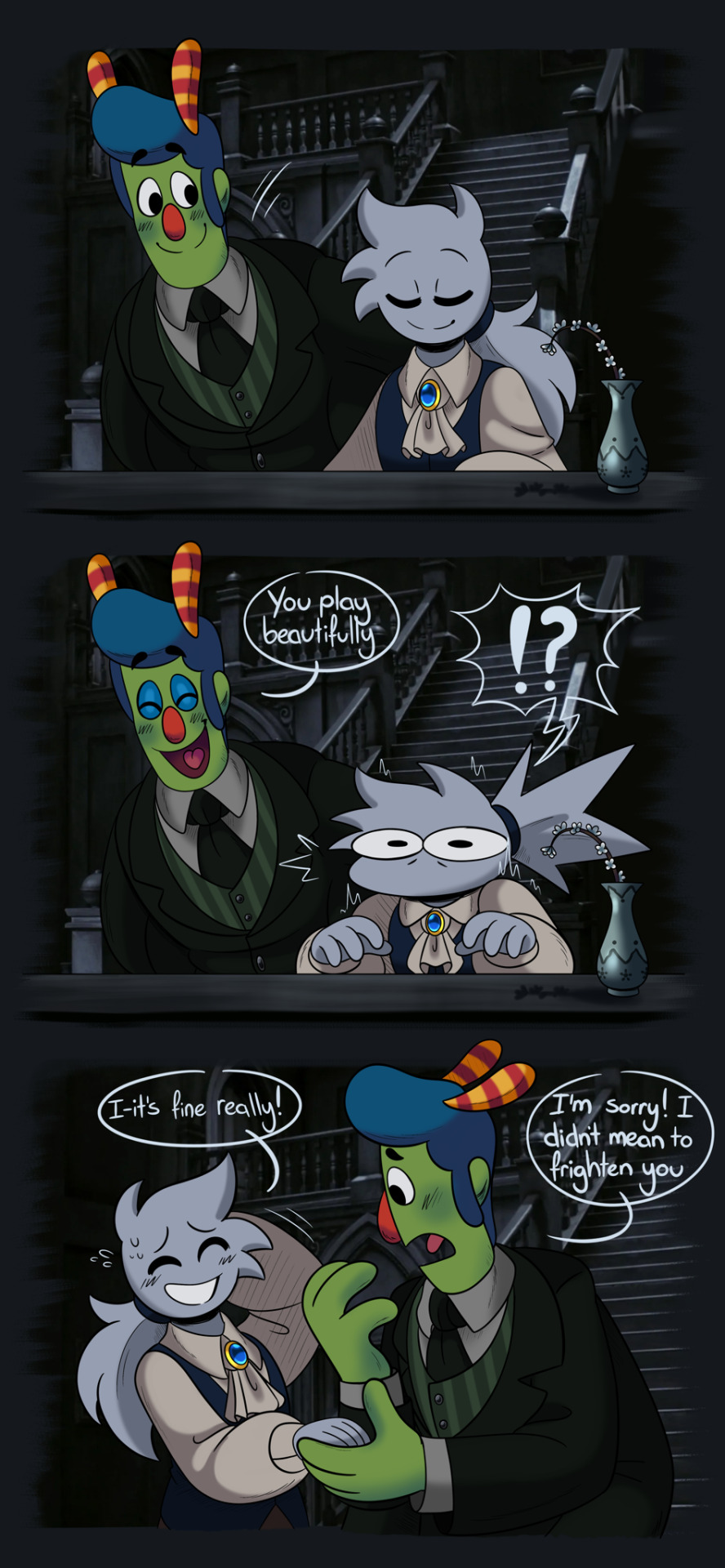

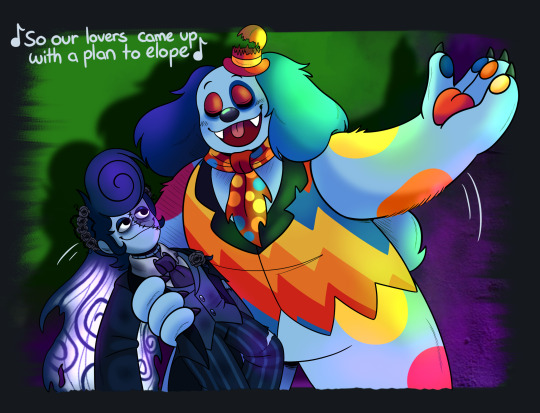
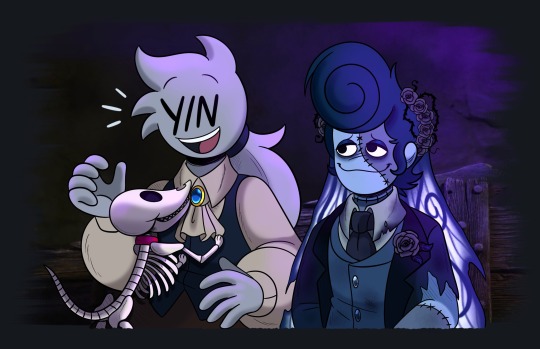

Aight bois guess what time it is. That’s right it’s time for some Corpse Puppet art! (˵ •̀ ᴗ •́ ˵) ✧
#MISS BEAGLE AND HOWDY’S PARENTS ARE FINALLY HEREEEEE#welcome home#welcome home au#corpse puppet au#hiya pillar#biya pillar#miss beagle#howdy pillar#wally darling#barnaby b beagle#welcome home hiya#welcome home biya#welcome home miss beagle#welcome home howdy#welcome home wally#welcome home barnaby#welcome home y/n#howdy pillar x reader#howdy pillar x y/n#wally darling x reader#wally darling x y/n#welcome home fanart#welcome home puppet show#my art
2K notes
·
View notes
Text
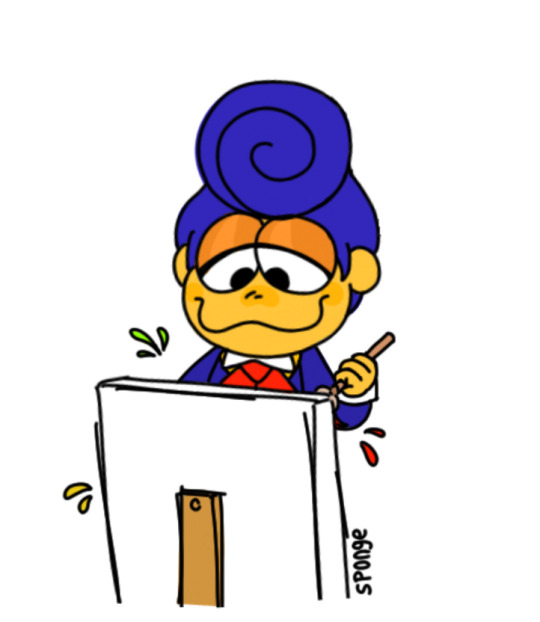


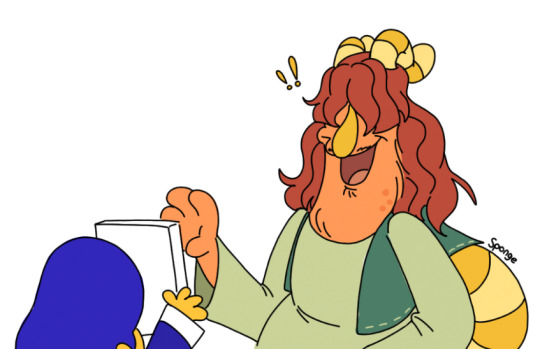
Doodles of Wally giving his art to some of the Pillars! :) He is a wonderful little artist!
#welcome home#welcome home arg#my art#doodles#wally darling#hiya and biya#cousin skedaddle#hiya pillar#biya pillar#latter pillar#welcome home wally#welcome home hiya#welcome home biya#welcome home latter#welcome home skedaddle
491 notes
·
View notes
Text


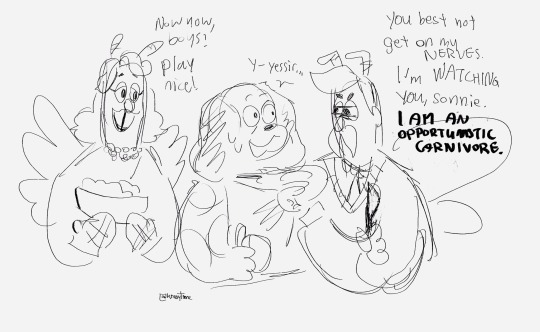
beaglepillar heavy comic i’m working on…… what if barnaby meets howdy’s family and he introduces barn as his Boyfriend…. WHAT IF….
#laughingstock#welcome home#howdy pillar#barnaby b. beagle#beaglepillar#howdy x barnaby#barnaby x howdy#krasytoonz#welcome home puppet show#welcome home arg#welcome home fanart#fanart#welcome home project#welcome h#welcomeh#welcome home barnaby#welcome home howdy#welcome home comic#art#welcome home art#welcome home latter#welcome home hiya#welcome home biya#welcome home seeya#welcome home howdo#welcome home youdo#barnaby b beagle#barnaby beagle#welcome home gam-gam sally tations
583 notes
·
View notes
Text
Well I tried to animate it like disney old cartoon show but let’s say.......uhmm.... So far so good hope y’all like it “Biya“ folks hehehe
37 notes
·
View notes